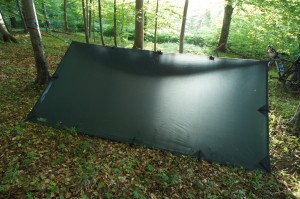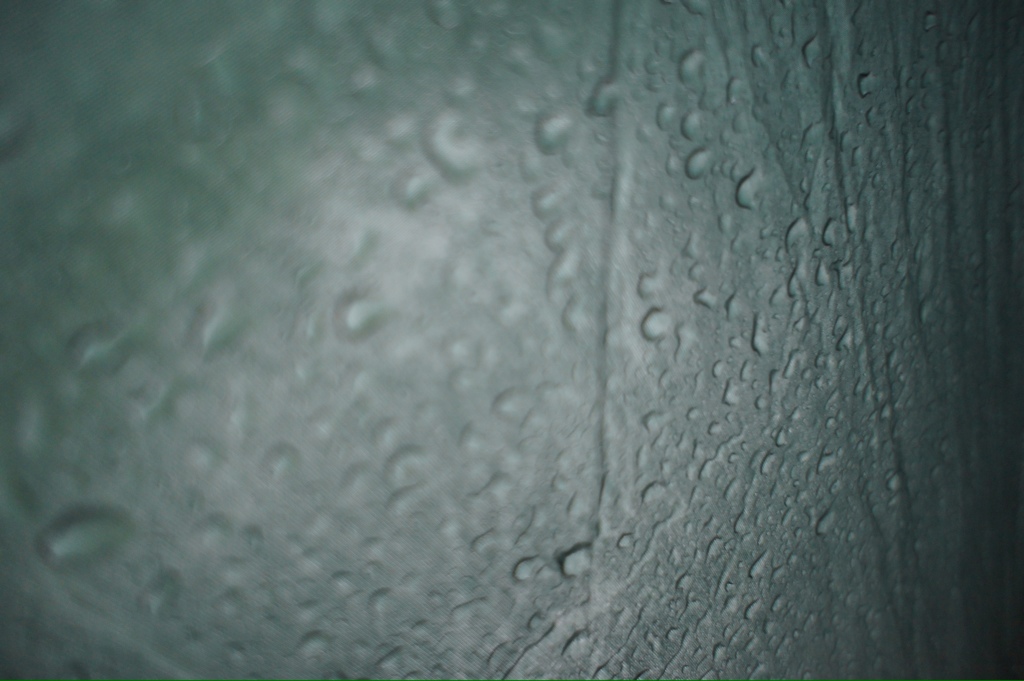 One word to describe Berlin is MASSIVE. Everything about Berlin has this massive quality about it. How about Tempelhof, a huge open space in the heart of the city? It used to be an airport providing supplies for West Berlin but now is just a gigantic mostly empty park that has landing lanes instead of trees. Absolutely marvellous. Or Teufelsberg, an abandoned American military radar again in western parts of the city? Massive naturally. If you make it all the way to the top, you will find yourself in a spherical echo chamber with amazing acoustics. If Hamburg is full or rivers and canals, Berlin has railway tracks everywhere. Indeed, S/U-bahn tracks are akin to rivers – wide, massive and require proper bridges to cross.
One word to describe Berlin is MASSIVE. Everything about Berlin has this massive quality about it. How about Tempelhof, a huge open space in the heart of the city? It used to be an airport providing supplies for West Berlin but now is just a gigantic mostly empty park that has landing lanes instead of trees. Absolutely marvellous. Or Teufelsberg, an abandoned American military radar again in western parts of the city? Massive naturally. If you make it all the way to the top, you will find yourself in a spherical echo chamber with amazing acoustics. If Hamburg is full or rivers and canals, Berlin has railway tracks everywhere. Indeed, S/U-bahn tracks are akin to rivers – wide, massive and require proper bridges to cross.
Map of Berlin can be treacherous, as short distances on the map turn out to be long rides. You feel like making a lot of progress, but the map says otherwise. Nonetheless I was happy to have my bicycle with me, as the city is best to be explored this way. Another pitfall of the Berlin geography is identically named streets in different parts of the city. I found out this fact the hard way. A short 30km ride from Potsdam took almost five hours. It rained like there was no tomorrow for hours with proper floods on the streets. Confusing geography did not help my cause either. After an exhausting wet ride I made it to Siegfriedstrasse in Liechtenberg, only to find that I was after Siegfriedstrasse in Neuköln. The rest of the stay was much more pleasant though. The city was explored, Friends were met for the bi-annual symposium of discohippies in Berlin. Parties were attended. And delicious food was had. Fun times without a doubt. The highlight of this visit to Berlin was Peristal Signum, a bizarre labyrinth like installation in an equally bizarre club Salon: Zur Wilden Renate. It is strange, it is fascinating, it is mind-blowing, it is popular. It took us more than two hours of waiting to experience it against the promised half an hour (never trust a hippy!), but the result was well worth the wait. A little bit of Alice in Wonderland like world in the real life that makes you totally believe your experience and totally forget about the outside world for a moment. Just like virtual reality, minus the virtual part. Borrowing the language of Apple, it is magical. Enough spoilers though, it is best to be experienced without any prior ideas.
Berlin is an alpha city in its truest sense. The city that has got everything. The only problem is how to find it. A week is not enough to experience Berlin, nor a month, nor a year I presume. I spent six days in Berlin (more than in Denmark!) and was tempted to stay in Berlin longer. Accommodation was sorted for the next week and Air Berlin had a regular sale. I felt I would lose either way. Lose by abandoning the journey and lose by missing out all the great things Berlin had to offer. The law of dukkha in action. After a lot of hesitation I continued with pedaling only to be treated with rains for the rest of the journey. Oh well…
Berlin is still there though and one day I would love to make it my home. I love Berlin, but then again who doesn’t?

